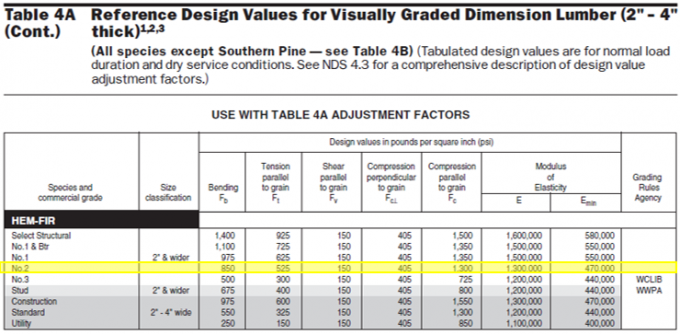“Sticky” doors and windows? Plate crushing could be to blame
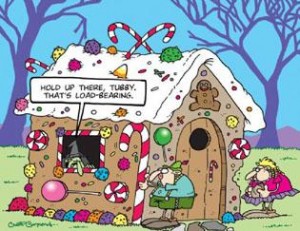
The Issue
When there is a large point load coming down on a wall, even though the post below can withstand the load, that is not always the case for the top and bottom plates of the wall. Loads of this magnitude can occur when multiple beams converge at one location, or roof and second story loads bear down to the same location below. Not only is it important to size the post or stud pack below to withstand this load – but remember the load first transfers through the top plate.
To understand why this occurs, we need to look at the composition of the wood itself. Timber is strongest on its axis parallel to grain but much weaker in the perpendicular direction. Parallel to grain a standard Hem-Fir #2 has a 1300 psi capacity, whereas perpendicular to grain is less than a third at 405psi (NDS, Table A4).
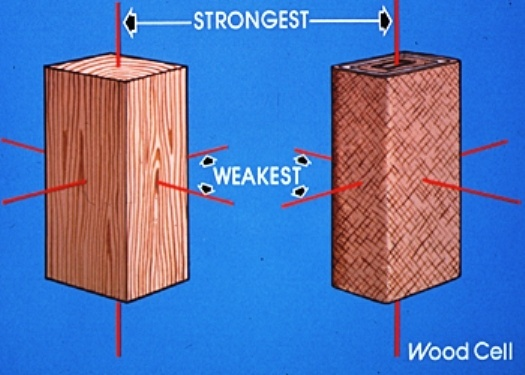
When a top plate is loaded beyond its capacity, this is when crushing occurs. And unlike some failures, this one does not happen immediately and can be difficult to remedy once it has occurred. Below are some examples of what plate crushing can look like.

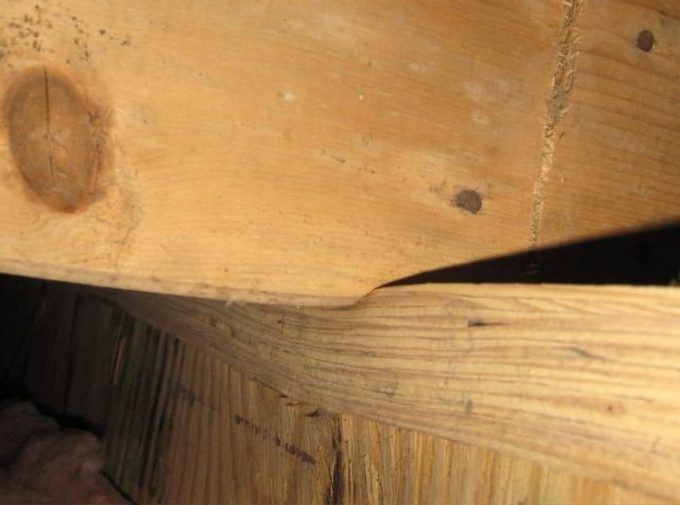
Why Does it Matter?
Because plate crushing occurs over time, it can be difficult to diagnose once its behind drywall. If not addressed it can cause:
- Cracking or warping of drywall
- “Sticking” of windows and doors
- Uneven floors
- Total wall failure
These are all signs that there might be underlying issues within the wall that should be addressed by a qualified structural engineer. Aside from plate crushing, these can be indicators of increased deflection of other structural members within the wall or even high humidity.
Solutions
One method of preventing plate crushing is to interrupt the top plate and strap across the stud pack with CS16 metal straps – as illustrated below. The image on the top shows this method in use on-site, although the metal straps had yet to be placed at the time of the photo. This method allows the load to bear directly onto the posts below without losing the stability of the continuous plate on account of the metal straps. While potentially solving the issue at the top of the post, the bottom and the member it is bearing on also need to be addressed.

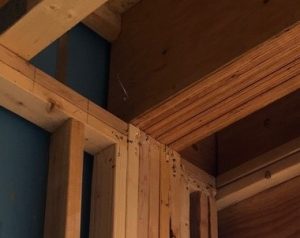
Other solutions include bearing enhancers, metal bearing plates, or upgrading your lumber grade.
Should plate crushing have already occurred or a preventative solution not been properly constructed, a structural engineer should be contacted to investigate and provide a means of remediation. EVstudio is a full-service structural engineering firm well equipped to advise on matters such as these.

